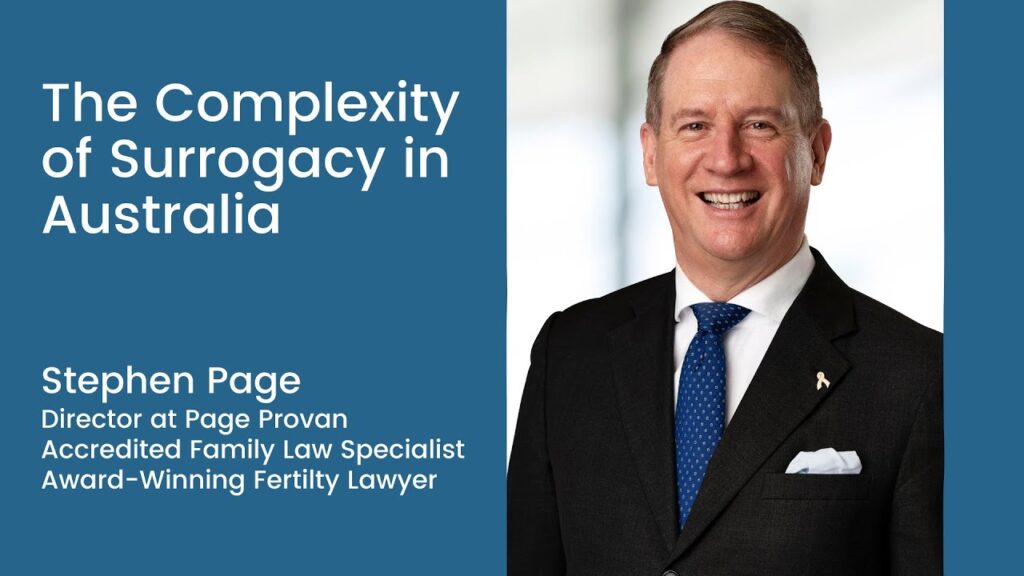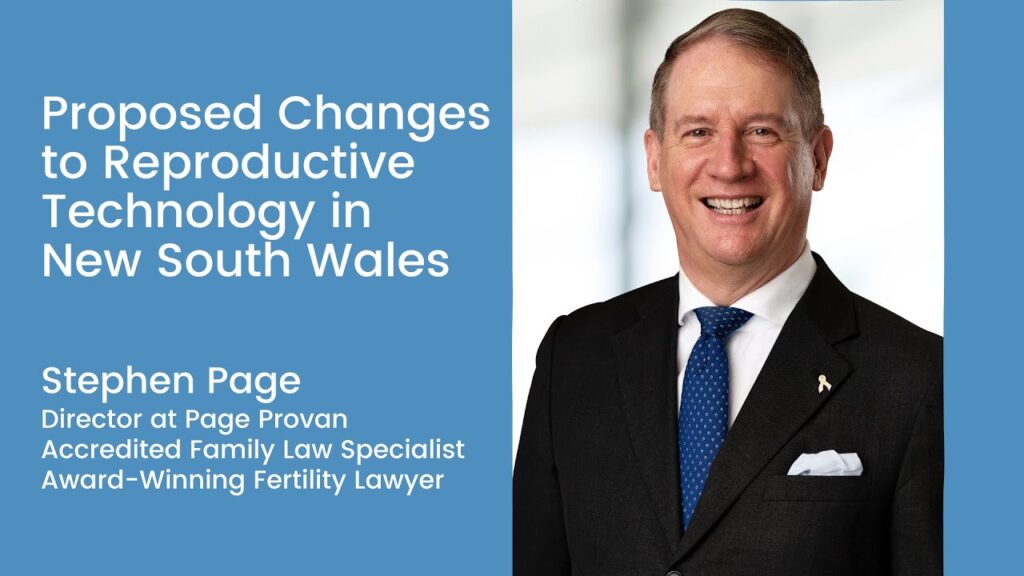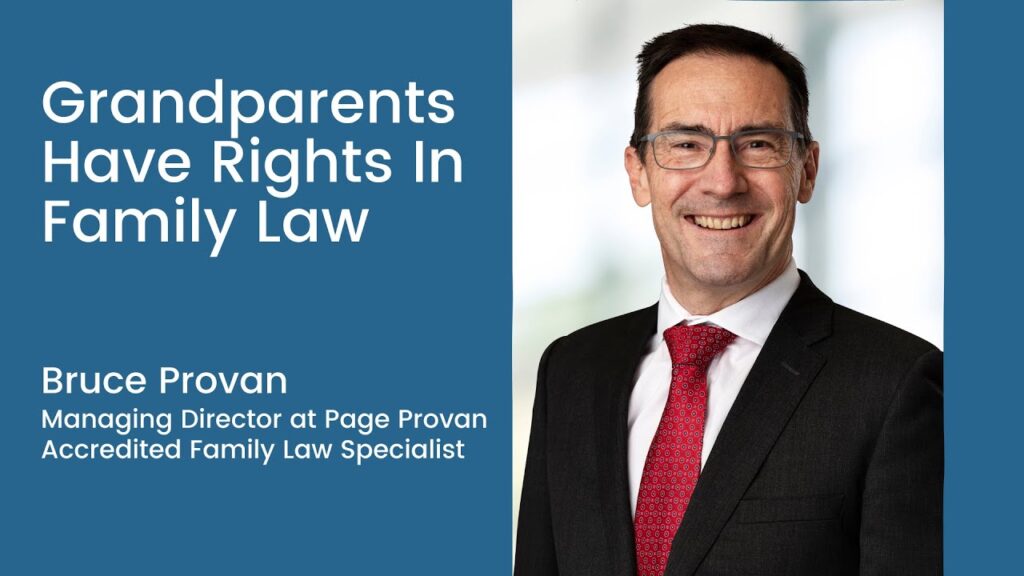Not all human beings can be classified by sex as either male or female: High Court
Wednesday, April 02, 2014
Australia’s highest court, the High Court of Australia, has unanimously decided today that a person can have their birth registered with the gender not being specified.
The judgment starts this way:
Not all human beings can be classified by sex as either male or female. The Births, Deaths and Marriages Registration Act 1995 (NSW) (“the Act”) expressly recognises that a person’s sex may be ambiguous. It also recognises that a person’s sex may be sufficiently important to the individual concerned to warrant that person undergoing a sex affirmation procedure to assist that person “to be considered to be a member of the opposite sex”. When a person has undergone a sex affirmation procedure, s 32DC of the Act empowers the Registrar to register a change of sex of the person upon an application by that person.The question in this appeal is whether it was within the Registrar’s power to record in the Register that the sex of the respondent, Norrie, was, as she said in her application, “non-specific”. That question should be answered in the affirmative.
The matter had been before a Tribunal:
The issue before the Tribunal was whether it was open to the Registrar under s 32DC of the Act to register an applicant’s sex as “non-specific”. The Registrar argued that his powers were confined to registering a person’s sex as either “male” or “female”.
The Tribunal found that, as a matter of fact, Norrie does not identify as male or female, but as “non-specific”, and that she considers that identifying herself as male or female would be a false statement. Nevertheless, the Tribunal concluded that it was not open to the Registrar to register her sex as “non-specific”. In this regard, the Tribunal proceeded on the footing that “the Act is predicated on an assumption that all people can be classified into two distinct and plainly identifiable sexes, male and female … [T]he Registrar does not have the power under section 32DC of the Act to register a change of sex by a person to ‘Non specific'”.
The appellant appealed to the New South Wales Court of Appeal:
The Court of Appeal remitted the matter to the Tribunal because it held that the Act contemplated that Norrie might be assigned to a specific category of sex other than male or female such as “intersex”, “transgender” or “androgynous”[13]. Whether the Tribunal should take that course was a matter which would depend upon findings of fact which had not yet been made as to Norrie’s specific sex classification
…
The Registrar submitted that the Court of Appeal strayed too far from the text of the Act in reaching its conclusions. It was said that the Act does not contemplate a range of categories of sex, additional to the “opposite” sexes of male and female. In particular, the definition of “sex affirmation procedure” in s 32A suggests a process of seeking to become male or female, given that s 32A(a) states that the sex affirmation procedure is carried out for the purpose of “assisting a person to be considered to be a member of the opposite sex”; and to speak of the opposite sex is necessarily to speak only of male or female. Further, the Registrar submitted, it is reasonable to expect that an intention to recognise another category of “sex” would have been expressly stated in the Act. In this regard, the definition of “transgender” in Pt 3A of the Anti-Discrimination Act does refer to a person being of an “indeterminate” sex; but, significantly, this language was not used in Pt 5A of the Act.
The Registrar also argued that unacceptable confusion would flow from the acceptance of more than two categories of sex given that s 32J of the Act affects the operation of other laws which assume the binary division of sex. This particular argument will be addressed after the submissions made on behalf of Norrie have been summarised.
Norrie submitted that the purpose of the Register is to state the truth about matters recorded in the Register to the greatest possible extent. If the Act proceeded on the assumption that every person was male or female, then s 32A(b) would be superfluous because any change of sex would fall within the scope of s 32A(a). A sex affirmation procedure described in s 32A(b) of the Act, the purpose of which is to “correct or eliminate ambiguities relating to the sex of the person”, was said to be predicated upon legislative recognition that not everyone may be classified as male or female. In this case, the sex affirmation procedure, which is a precondition of an application under s 32DA, was carried out, but Norrie’s sex remained ambiguous so that it would be to record misinformation in the Register to classify her as male or female. There is evident force in this submission.
Norrie’s counsel went further, arguing that, as the Court of Appeal accepted, Norrie might more accurately be assigned to a category of sex such as “intersex” or “transgender”. On this view, the expression “change of sex” in s 32DC does not mean changing from one sex (male or female) to another (female or male): a reference to change of sex simply means an “alteration” of a person’s sex so that registration of categories of sex such as “transgender” and “intersex” is within the scope of the Registrar’s powers under s 32DC. This further argument goes too far; it should be rejected.
The Registrar’s submission that the Act recognises only male or female as registrable classes of sex must be accepted. But to accept that submission does not mean that the Act requires that this classification can apply, or is to be applied, to everyone. And there is nothing in the Act which suggests that the Registrar is entitled, much less duty-bound, to register the classification of a person’s sex inaccurately as male or female having regard to the information which the Act requires to be provided by the applicant.
Additional categories of sex
As a matter of the ordinary use of language, to speak of the opposite sex is to speak of the contrasting categories of sex: male and female[15]. Yet given the terms of s 32A(b) and the context in which it is to be construed, the Act recognises that a person’s sex may be indeterminate.
Norrie’s application to the Registrar and the Registrar’s determination did not give rise to an occasion to consider whether Pt 5A contemplates the existence of specific categories of sex other than male and female, such as “intersex”, “transgender” or “androgynous”. It was unnecessary to do so given that the Act recognises that a person’s sex may be neither male nor female.
The Registrar’s initial determination of Norrie’s application was right. The appropriate record of her change of sex was from “male” (as it may be taken to have previously been recorded outside of New South Wales) to “non-specific”. To make that record in the Register would be no more than to recognise, as the Act does, that not everyone is male or female and that the change to be registered was from an assumed registered classification outside of New South Wales as a male to, as Norrie’s application put it, non-specific.
Ambiguities and indeterminacy
The Registrar’s submission must be rejected at the point at which it insists that the Registrar is required to decide whether he or she is satisfied (let alone that it has been demonstrated objectively) that, despite an application showing persisting ambiguity in the sex of the applicant following a sex affirmation procedure, the applicant’s sex should be recorded in the Register as being either male or female. The registration of a change of sex records the facts supplied by the application so long as the application is supported in accordance with s 32DB.
The provision of the Act which acknowledges “ambiguities” and the context of the 1996 Amending Act, which referred to persons of “indeterminate sex”, are a sufficient indication that the Act recognises that, as this Court observed in AB v Western Australia[16], “the sex of a person is not … in every case unequivocally male or female.”
There is nothing in the text of the Act which gives support to the view that the Registrar must initiate, much less resolve, a dispute concerning matters of fact and expert opinions presented to the Registrar under ss 32DA and 32DB. Such a role would not be consistent with the provisions of the Act which charge the Registrar with the role of establishing and maintaining the registers by recording information provided by members of the community.
There may be occasions when the Registrar is prompted by the circumstances of an application to address a concern as to whether an application to record a state of affairs in the Register is made in good faith. But this is not such an occasion. There is no suggestion that Norrie’s application was not made in good faith. Norrie had undergone a sex affirmation procedure and verified that fact as required by s 32DB of the Act. Norrie’s application was not deficient in terms of the information required by the Act. The opinions of the medical practitioners required by s 32DB were to the same effect as Norrie’s own statement. The material before the Registrar (and the Tribunal) was to the effect that the sex affirmation procedure had not eliminated the ambiguities relating to Norrie’s sex. In these circumstances no question was raised by Norrie’s application which required the Registrar to pursue or resolve any further issue.
It was open to the Registrar, in the exercise of the power conferred by s 32DC, to register Norrie’s change of sex by recording the change from classification as male to non-specific.
The link to the judgment is here: http://www.austlii.edu.au/au/cases/cth/HCA/2014/11.html












